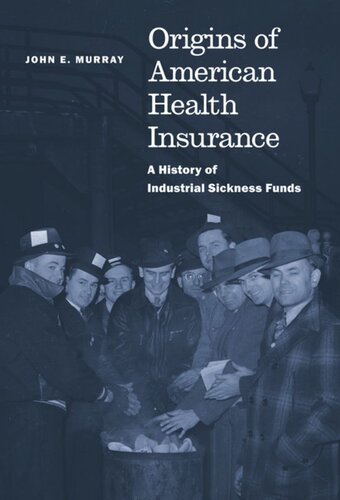

Most ebook files are in PDF format, so you can easily read them using various software such as Foxit Reader or directly on the Google Chrome browser.
Some ebook files are released by publishers in other formats such as .awz, .mobi, .epub, .fb2, etc. You may need to install specific software to read these formats on mobile/PC, such as Calibre.
Please read the tutorial at this link: https://ebookbell.com/faq
We offer FREE conversion to the popular formats you request; however, this may take some time. Therefore, right after payment, please email us, and we will try to provide the service as quickly as possible.
For some exceptional file formats or broken links (if any), please refrain from opening any disputes. Instead, email us first, and we will try to assist within a maximum of 6 hours.
EbookBell Team

4.1
90 reviewsHow did the United States come to have its distinctive workplace-based health insurance system?
Why did Progressive initiatives to establish a government system fail?
This book by historian, John E. Murray explores the history of health insurance in the United States from its roots in the nineteenth-century sickness funds offered by industrial employers, fraternal organizations, and labor unions to the rise of such group plans as Blue Cross and Blue Shield in the mid-twentieth century.
Historians generally view the failure to establish universal health insurance during the first half of the twentieth century as an indicator of the political clout of insurers, employers, unions, and physicians who thwarted Progressive efforts. But the explanation is actually simpler, John Murray contends in this book. Careful analysis of the workings of industrial sickness funds suggests that workers rejected plans for compulsory state insurance because they were largely content with existing private plans. Murray revises our understanding of the evolution of health care insurance in the United States and discusses the implications of that history for the ongoing debates of today.